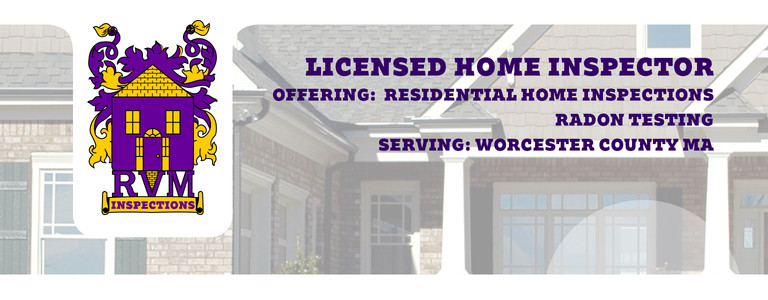 Do you feel like the mortgage industry has a language all its own? You’re not alone. Surveys show that many consumers get frustrated with all of the unfamiliar terms, acronyms and phrases that are part of the mortgage application process. Here are some of the most common (and confusing!) mortgage-related terms, explained:
Do you feel like the mortgage industry has a language all its own? You’re not alone. Surveys show that many consumers get frustrated with all of the unfamiliar terms, acronyms and phrases that are part of the mortgage application process. Here are some of the most common (and confusing!) mortgage-related terms, explained:
FHA, VA and USDA. FHA is short for the Federal Housing Administration, an agency that is a popular source of low-down-payment home loans. VA is short for Veterans Affairs, an agency that has a popular home buying program for military personnel and veterans. The USDA — the U.S. Department of Agriculture — also has a low-down-payment home loan buying program. These agencies aren’t actually providing loans to home buyers with minimal or no down payments; they are providing guarantees to encourage private lenders to do so. Ever heard the term ‘conventional’ loan? That’s simply a loan made without a government incentive.
Pre-approval. If you’re shopping for a home, you’ll want to be pre-approved for a mortgage loan before making an offer. Pre-approval demonstrates to a home seller that you may take out a loan up to a certain amount based on your income, credit score and debt load. Pre-qualification is a much more cursory check by a lender and doesn’t mean you’ll actually get approved for a home loan.
PITI. This acronym is short for principal, interest, taxes and insurance. These four things combined will make up all or most of your monthly housing payment.
Closing costs. These are costs associated with the transfer of a property from one owner to another. Closing costs do not include the purchase price of the property but do include the cost of an appraisal, the buyer’s credit report fee, the cost of a title search, title insurance, recording and processing fees and other fees. Buyers and sellers typically each pay a portion of the overall closing costs. Sellers, for example, customarily pay the commissions of the real estate agents involved in the sale. Closing costs also are called ‘settlement’ costs.
Loan estimate (formerly the Good Faith Estimate). This is a federally-mandated form that provides you with basic information about the terms of a mortgage loan for which you have applied and estimated costs in acquiring the loan.
Closing Disclosure (formerly the Truth in Lending statement). This form details all costs associated with making and closing a home loan. You’ll find your loan’s APR, or annual percentage rate, here. Is your APR higher than the rate quoted by your mortgage company? It’s okay. It’s typically higher because the APR takes into account not only the mortgage rate, but other costs associated with the loan you’re responsible for, such as origination fees and discount points.
Origination fee. This is a fee paid to a lender for processing your home loan. It’s typically paid in the form of up to 1 percent of your total loan amount. Don’t confuse this fee with discount points. Each discount point, equal to 1 percent of the total loan amount, can be paid to lower your interest rate. The more points you pay, the lower your interest rate.
Amortization Schedule. This handy document shows how much principal and interest is applied to each payment and illustrates the payoff process over the life of your loan.








